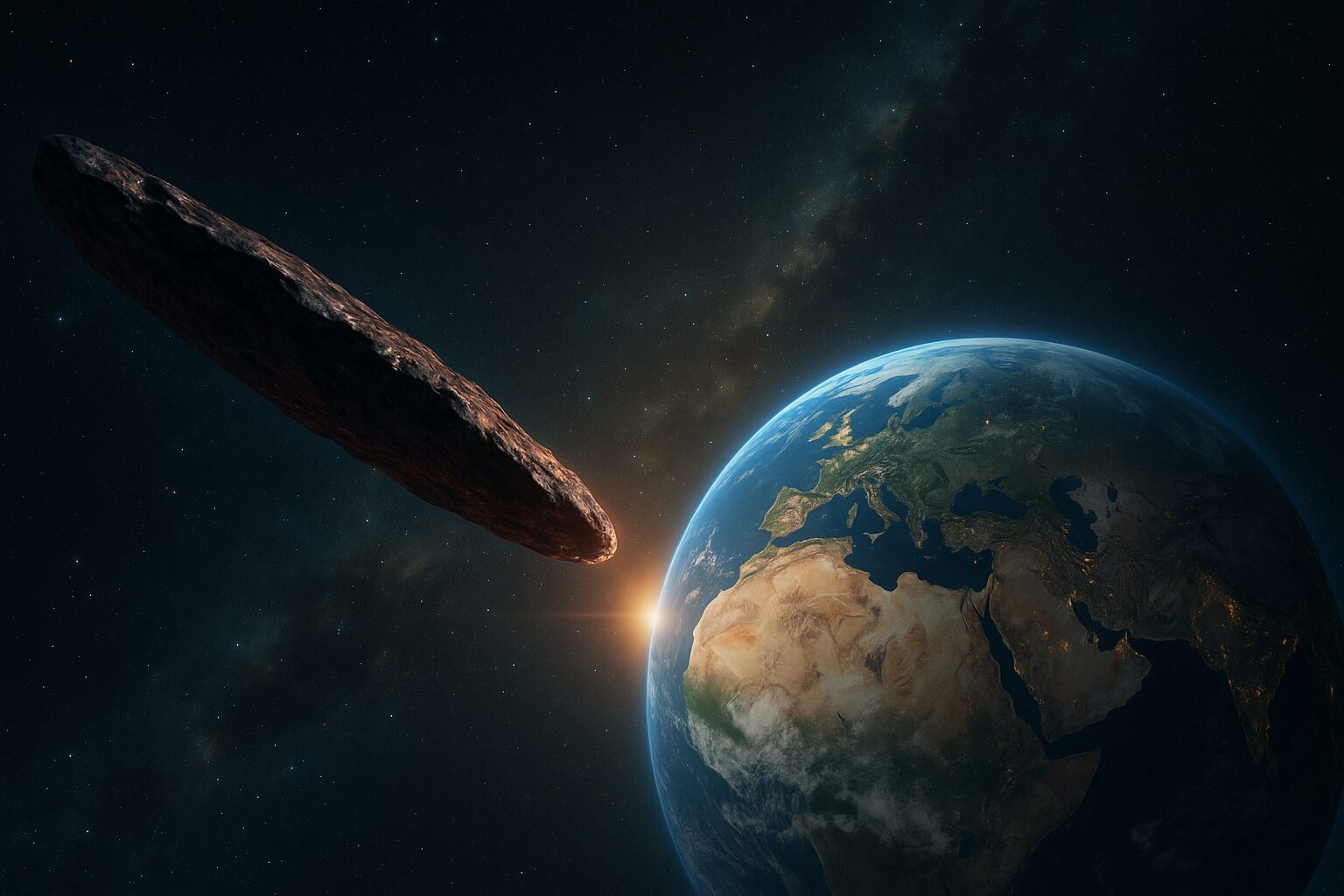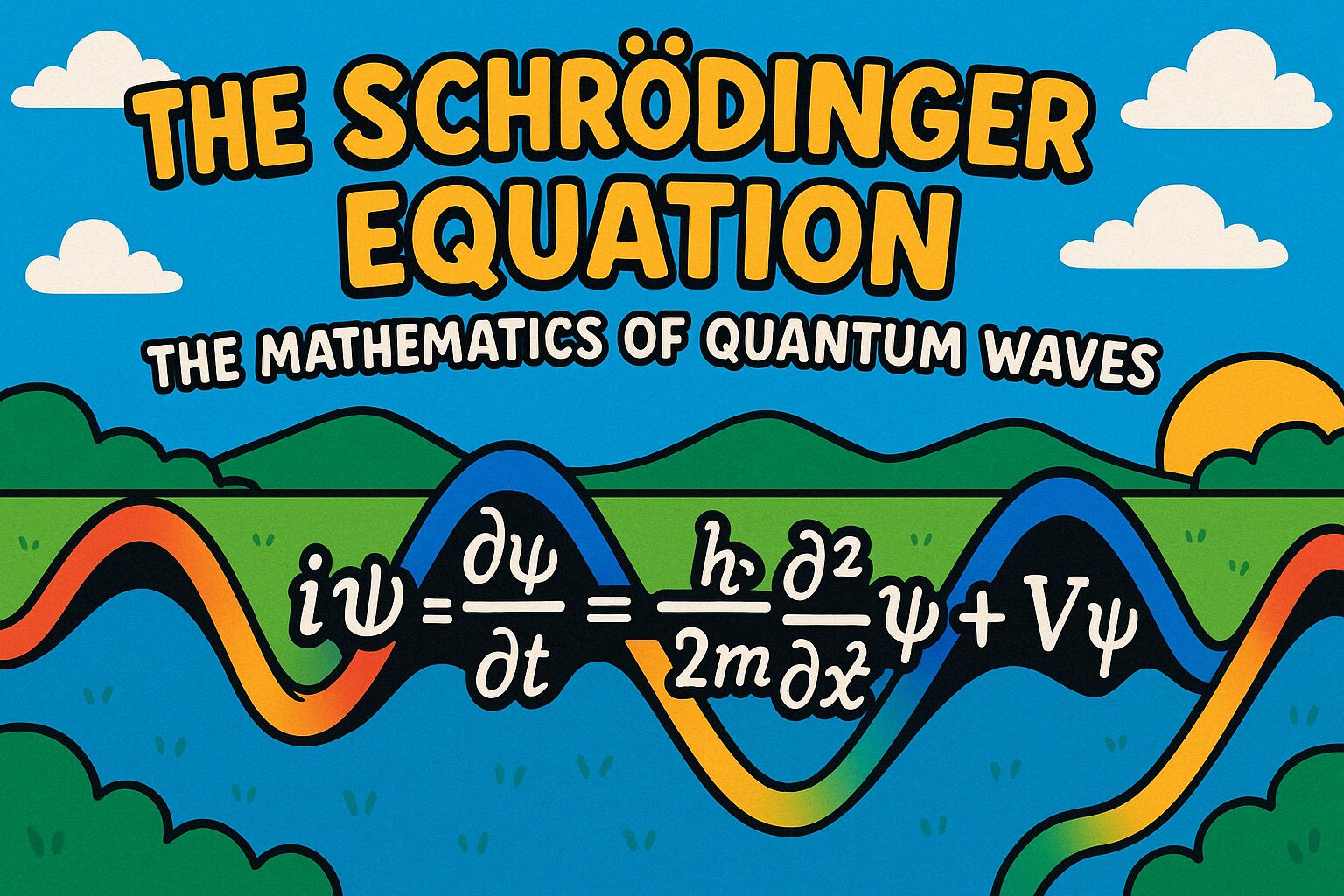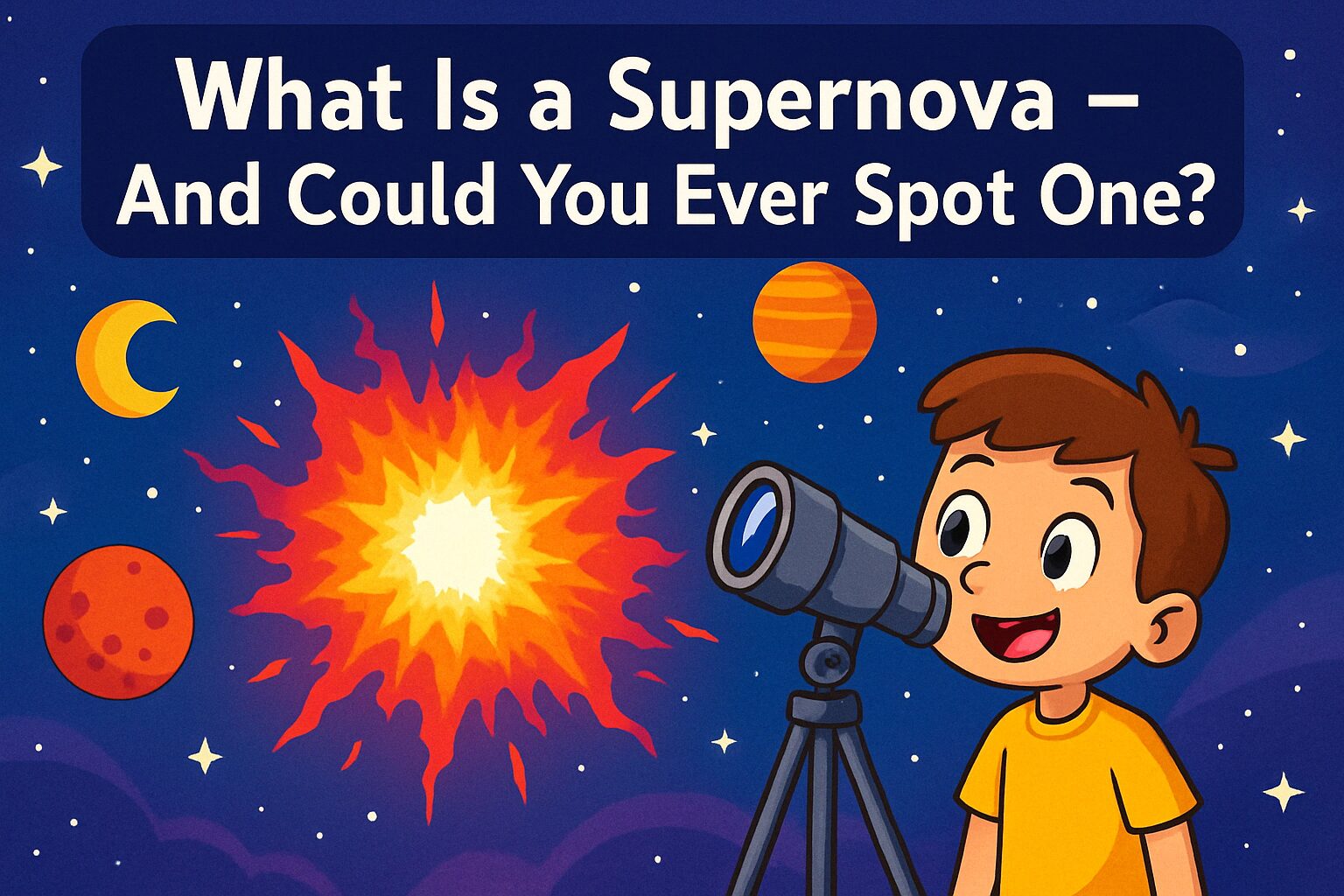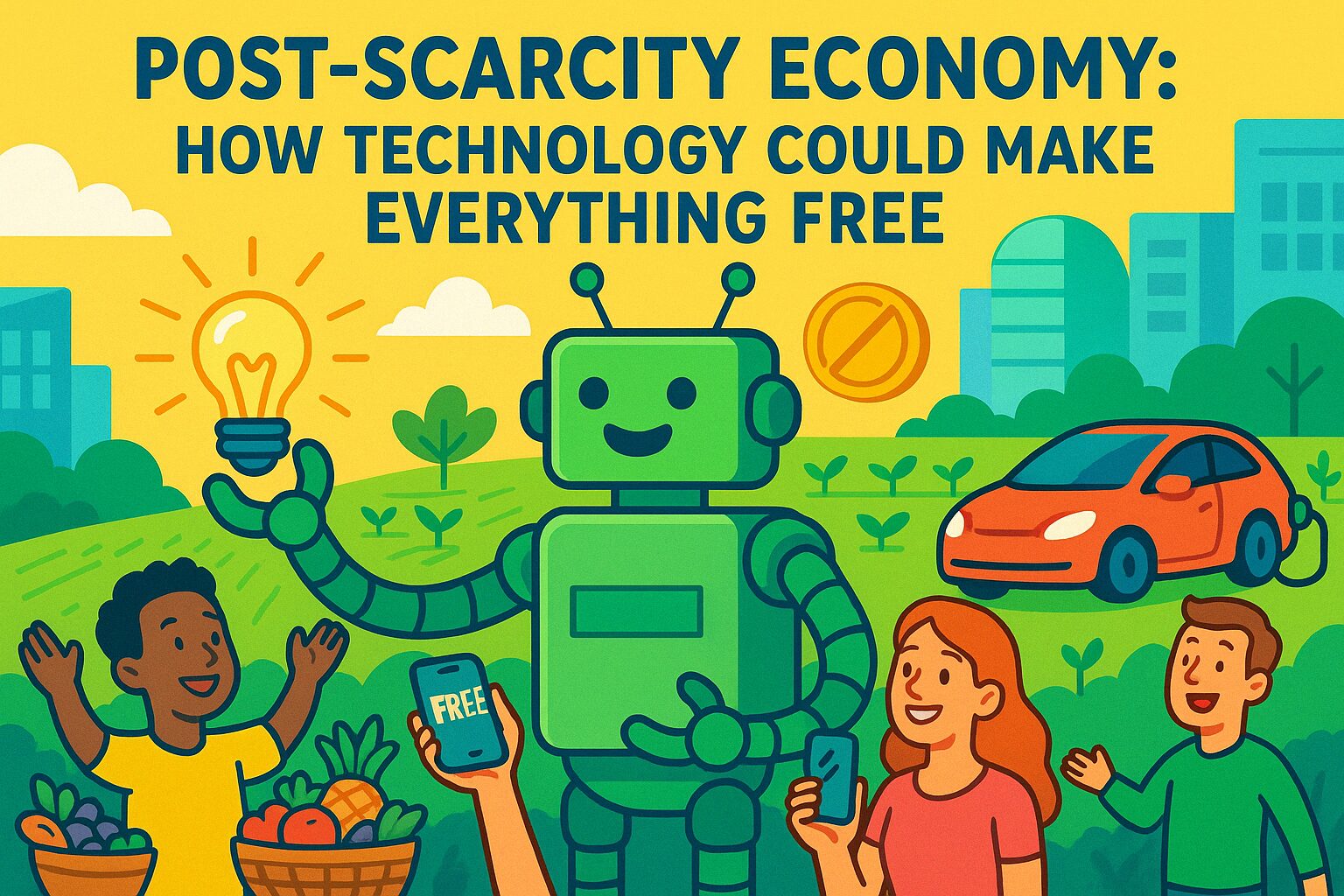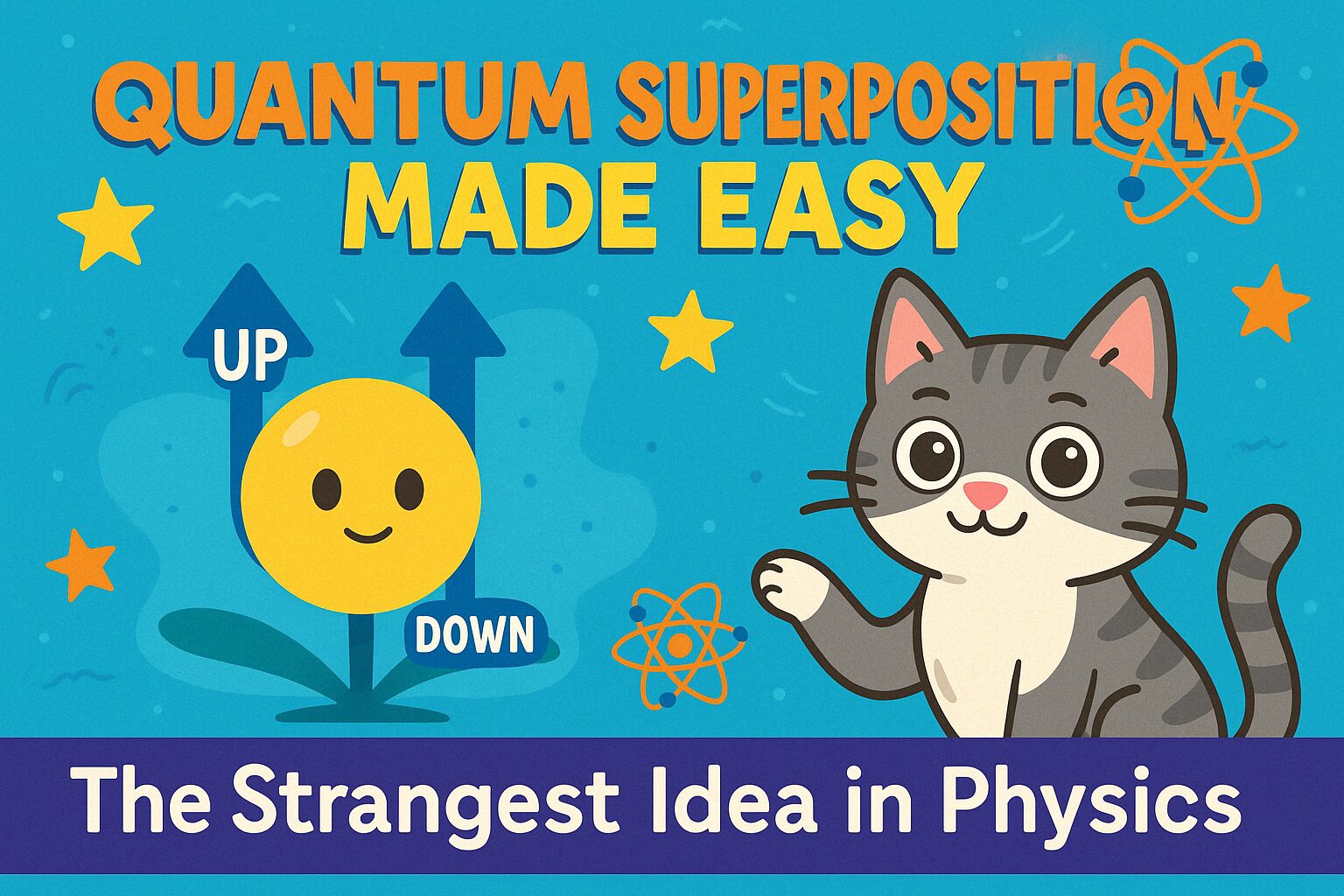The End of Everything: How the Universe Might Die
Scientists believe the universe could end in several ways—ripping apart, freezing forever, or collapsing inwards. This guide explores each theory in detail, from dark energy and black holes to time’s final tick. Discover what current research says about the end of everything—and what might come next.

